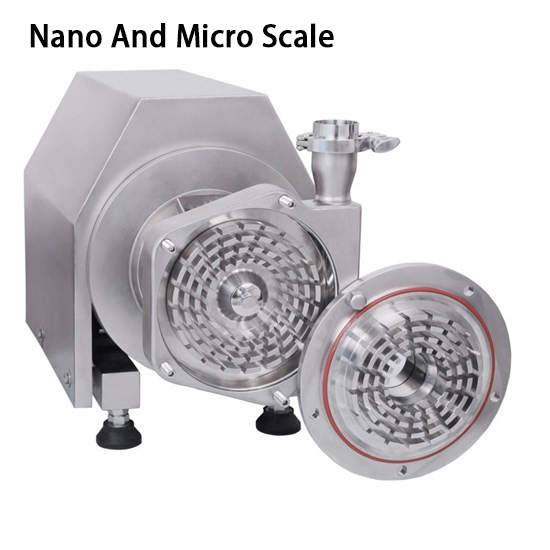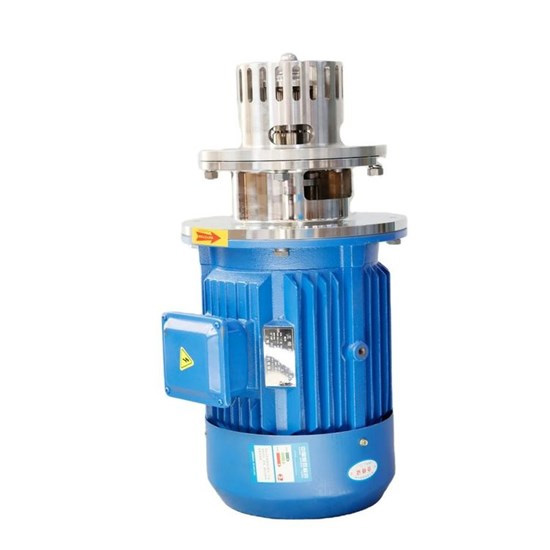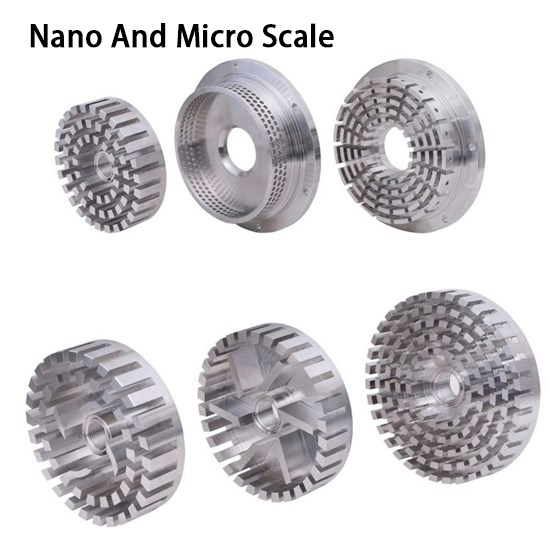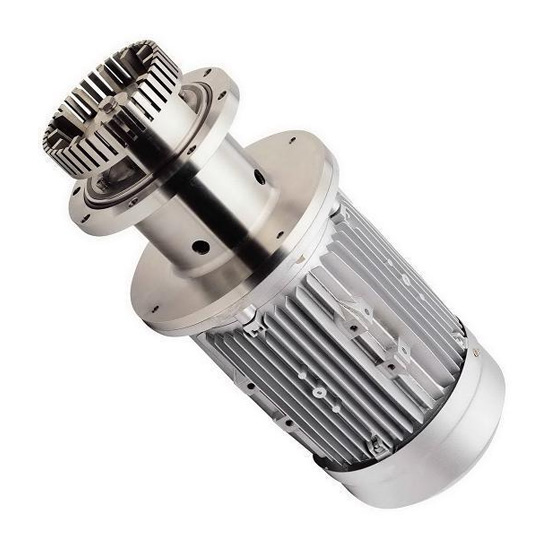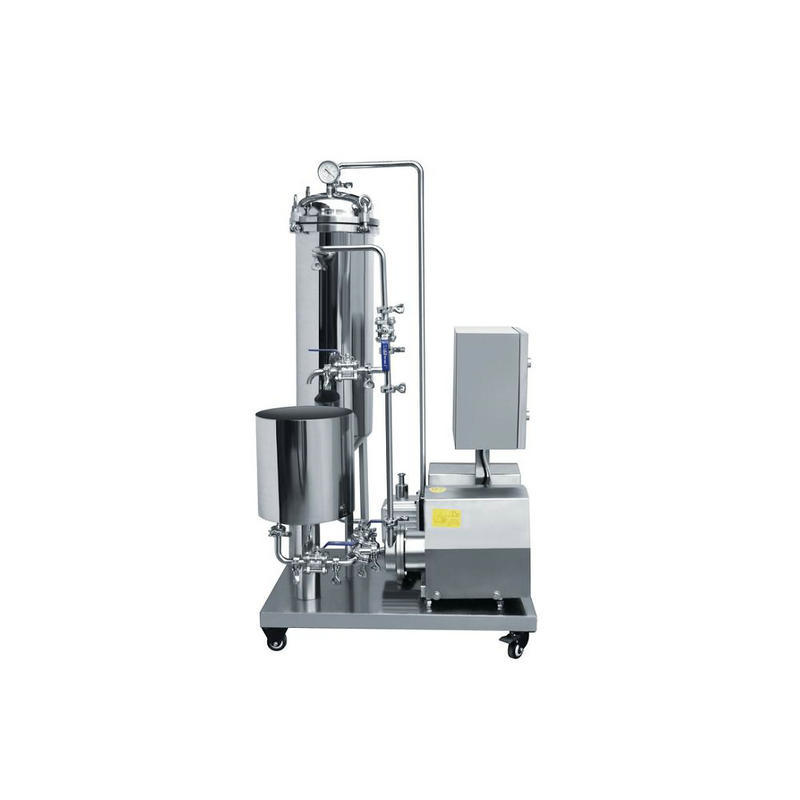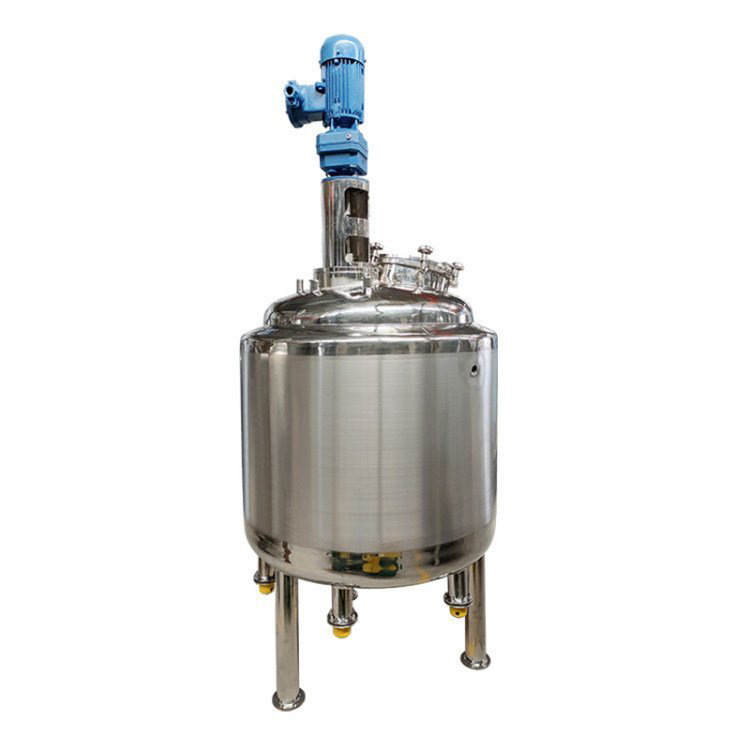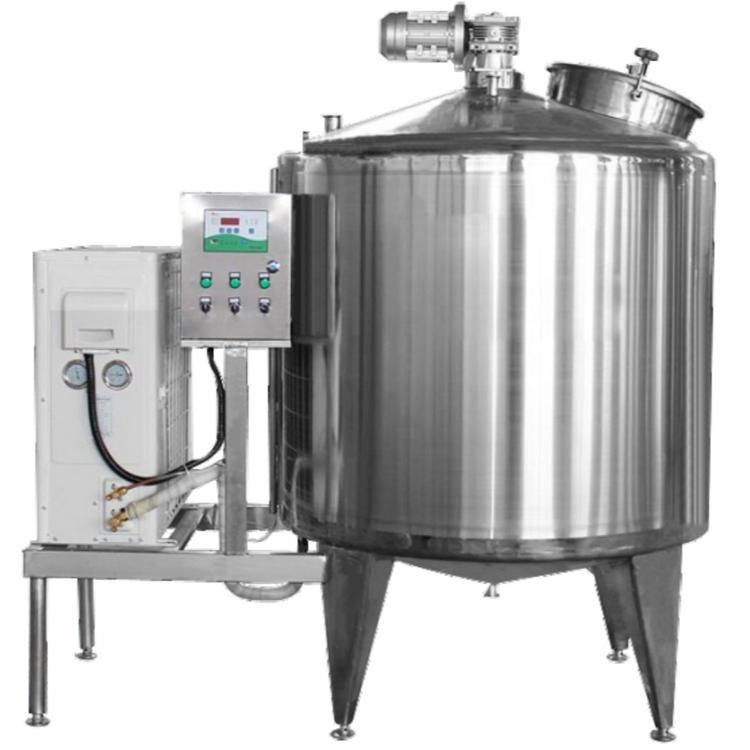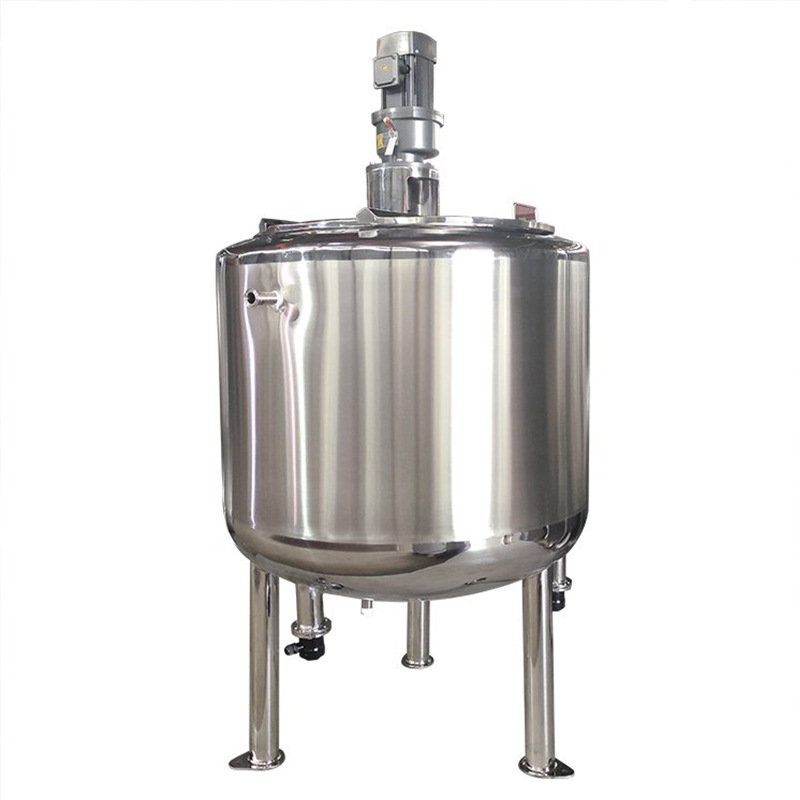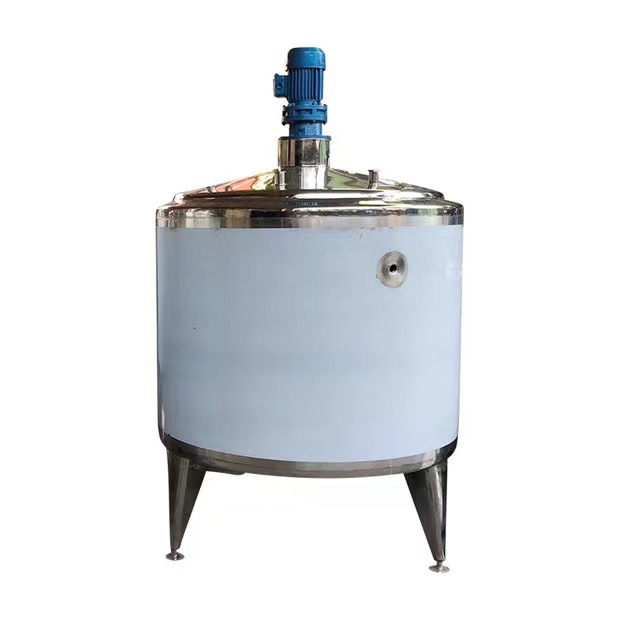What Equipment Is Usually Needed To Prepare Medical Creams And Ointments?
We all know that the production requirements and equipment required for medical ointments and creams are many, so what are they specifically? First, let's talk about the types of medical ointments and creams!
Medical ointment is a topical drug dosage form, commonly used for the treatment and protection of skin diseases. The following are some common medical ointments:
1. Anti-infection ointment: including antibiotic ointment (such as erythromycin ointment, neomycin ointment) and antifungal ointment (such as ketoconazole ointment, clotrimazole ointment)
2. Hormone ointment: including glucocorticoid ointment (such as hydrocortisone ointment, betamethasone ointment)
3. Anti-inflammatory ointment: including non-steroidal anti-inflammatory ointment (such as indomethacin ointment, ibuprofen ointment)
4. Moisturizing ointment: including ointment containing ingredients such as glycerin and vaseline
5. Wound healing ointment: including ointment that promotes wound healing (such as eosin ointment, cod liver oil ointment)
The following related equipment is required to prepare such an ointment
1. Stirring emulsification equipment: used to mix and evenly disperse various ingredients, mainly Emulsification Pump, it needs to be equipped with a vacuum or heating device, including a main pot, oil pot, water pot, etc. The following is a display of an emulsifier for making ointments!
Ointment emulsifier equipment
2. Heating equipment: used to heat and dissolve solid or melt liquid ingredients. Electric heaters, heating oil baths or heating steam can be used.
3. Cooling equipment: used to lower the temperature to solidify the cream or reach the required viscosity. A cooling water circulation system or a cooler can be used.
4. Weighing equipment: used to accurately weigh various ingredients to ensure the accuracy of the formula. An electronic balance or analytical balance can be used.
5. Filter or filter: used to remove solid particles or impurities. Filters, membranes or filters can be used.
6. Packaging equipment: used to put the prepared cream into containers, such as tubular containers, bottles or jars. Filling machines, filling guns or manual filling tools can be used.
7. Temperature control equipment: used to control the preparation and storage temperature of the cream to ensure the stability of the product. Constant temperature water baths or refrigeration equipment can be used.
8. Cleaning equipment: used to clean and disinfect equipment and containers to ensure hygiene and product quality. You can use a cleaning tank, a cleaning machine or a cleaning agent.
It should be noted that the specific equipment requirements will vary depending on the formula and scale of the cream. The equipment listed above is generally used equipment for reference.
When preparing medical creams, you should follow relevant regulations and regulations and ensure the cleanliness of the equipment! Let's briefly introduce some information needed for the preparation of creams containing vaseline!
Vaseline ointment needs to be made with an emulsifier, among which a vacuum homogenizer is a device used to prepare vaseline ointment.
Cream
The emulsifier usually consists of a stirrer, a heating device and a container, which is used to mix and stir vaseline and other ingredients to form a uniform ointment emulsion.
The following is the general workflow for preparing vaseline ointment:
1. Prepare the container: Clean the required container and ensure that there are no impurities on the surface of the container.
2. Add vaseline: Add vaseline to the container. Vaseline is the main ingredient of the ointment, which has the function of moisturizing and nourishing the skin.
3. Add other ingredients: According to the requirements of the formula, add other ingredients such as emollients, thickeners, preservatives, etc. to the container. These ingredients can be adjusted as needed.
4. Heating and stirring: Put the container into the emulsifier and turn on the heating device and stirrer. Heating can make it easier to mix vaseline and other ingredients and reach the required temperature.
5. Stir evenly: The stirrer will fully mix the vaseline and other ingredients to form a uniform ointment emulsion. The stirring time and speed are adjusted according to the formula and requirements.
6. Cooling and packaging: When the ointment emulsion reaches the required uniformity, turn off the heating device and let the ointment emulsion cool. After cooling, the ointment can be poured into appropriate containers for packaging.
Please note that the specific operating steps may vary depending on the equipment model and preparation requirements. Before using the emulsifier, you should carefully read the operating instructions of the equipment and follow the manufacturer's recommendations!
Everyone should know the equipment needed to prepare medical ointments and creams. We must clarify the process and procedures before preparing these ointments and creams! Choose the right equipment!
